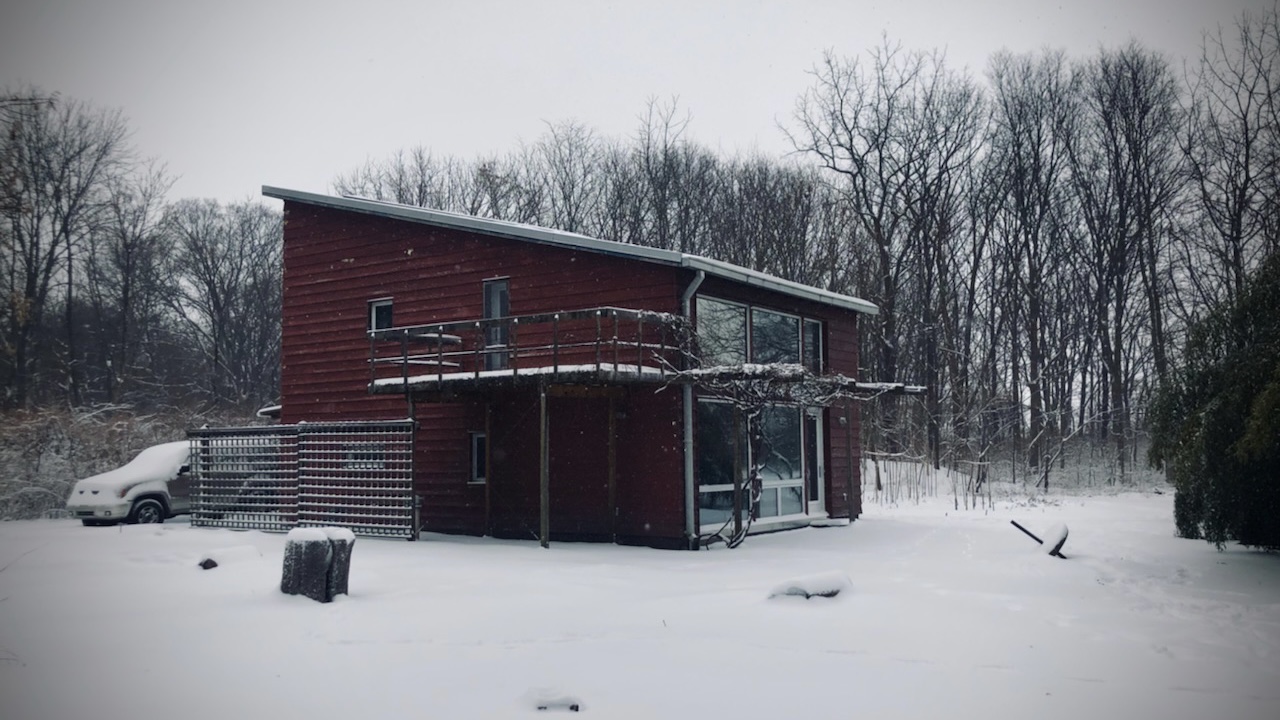A well-insulated, airtight thermos or cooler can keep your coffee warm — or your water cold — all day. So-called passive houses are not all that different.
Like a thermos, they’re designed to keep heat from entering or escaping. So their design focuses on what’s called a building’s envelope — the walls, windows, roof, and foundation that separate the inside from the outside elements.
Klingenberg: “Good insulation, making a building airtight. … We also want windows that can keep out the solar radiation in warm climates and bring it in in cold climates.”
Katrin Klingenberg is co-founder of Passive House Institute U.S. The nonprofit certifies passive homes and trains people to design and build them.
During the winter, very little warmth escapes from these ultraefficient buildings. And in summer, very little heat seeps in.
So passive houses use up to 90% less energy for heating and cooling than conventional homes.
Klingenberg: “Most people have a giant furnace in their houses because the envelope is leaky and not well insulated, so they need a lot of energy to make up for that heat loss.”
By cutting back on homes’ energy use, passive houses help limit the carbon pollution created by buildings.
Reporting credit: Sarah Kennedy / ChavoBart Digital Media
We help millions of people understand climate change and what to do about it. Help us reach even more people like you.
Source link


